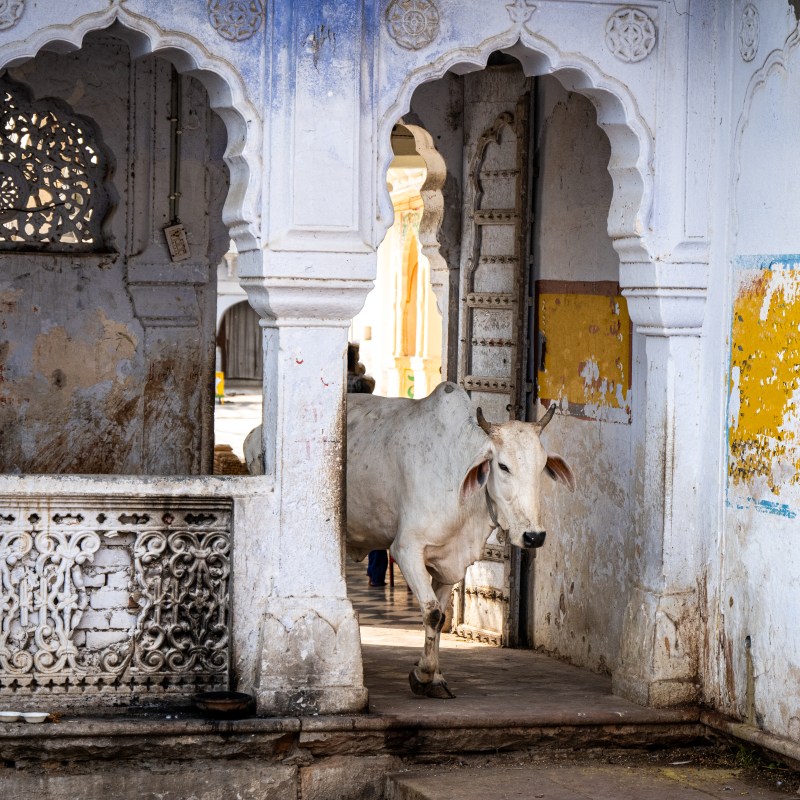
[The World Tour of Oopsies is an ongoing series of travel stories about my first decade of travel. During these adventures and misadventures, I had to unlearn many things I thought I knew about life. Welcome to my miseducation.]
Videos by TravelAwaits
Catch up on my world tour of Oopsies:
Part I / On the way to Puducherry
For most of my college career, my classmates and I were ferried along in either a bus or multiple smaller vans. During one trip from Bengaluru (our main hub) to Puducherry on the east coast, my class of around fifteen students was parsed off into two vans.
The vans were packed full, as a few teachers and staff were also in attendance. And, just like with the Tirupati pilgrimage (see: Ch. 14), we were driving through the night again.
(Why were we always traveling at night? India is scaled like the US, meaning many cities are hours away by drive, so getting the bulk of that done at night is usually best.)
Being one of the smaller people in the van, I was seated in the middle of the middle row. I had a direct view out of the front window as the van left the city behind for smaller country roads.
Part II / The cow
I was drifting in and out of sleep when, all of a sudden, I saw something flash in front of the van. It was pale and large, and the van clipped it as we cruised by. Everyone was immediately on high alert, and one of our professors started a very heated back-and-forth with the driver.
Meanwhile, in the back, we students started looking around. Our eyes were wide as we started a debate about whether or not we’d just hit a cow.
And then kept driving.
In the front seats, it looked like a similar debate was taking place.
Then a motorbike raced toward us from behind the van, then beelined for the driver’s window. Another shouting match ensued; it turns on the man on the moto had a friend, and they both started hitting the car.
The driver didn’t want to stop—likely for both spiritual and practical reasons. Killing a sacred cow generates bad karma. Killing a rural farmer’s cow is also a financial blow that many won’t recover from.
So, the Mad Max routine went on for a while before the driver could be convinced to pull the car over. We stayed in the car while he was loudly disciplined. Then another motorbike arrived on the scene; it was the woman whose cow had been killed, and it was her turn to lay out her grievances.
In the end, the second van turned back, and our group piled into it like a clown car. We were close to Puducherry, so our discomfort didn’t last long. The next day, we were told that the driver needed to pay for the cow, which had been killed during the accident.
Spiritually, our professors told us, he’d be responsible for making amends for harming the cow. They’re considered sacred for a variety of reasons (again, Hinduism is very complex, and I only scratched the surface), but the notion that stuck with me most is viewing the cow as a symbol of motherly love and non-violence. The cow provides without expectation, from milk for nourishment to dung that’s used for biofuel.
